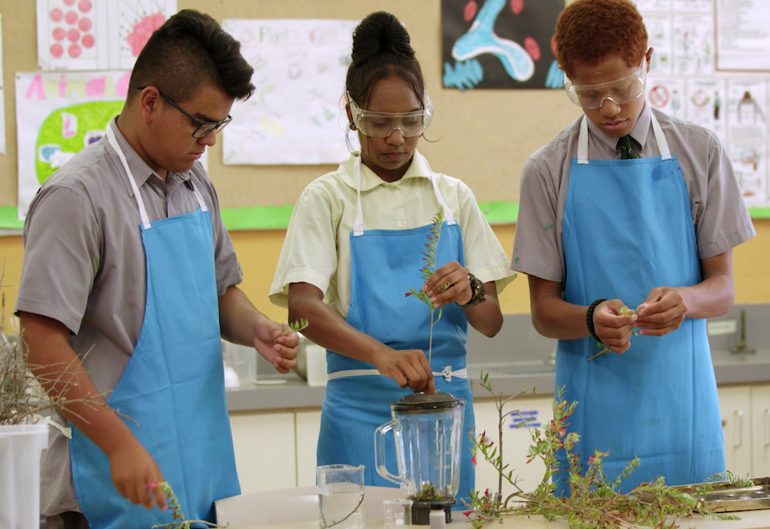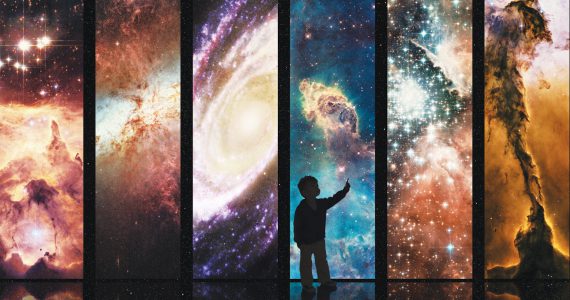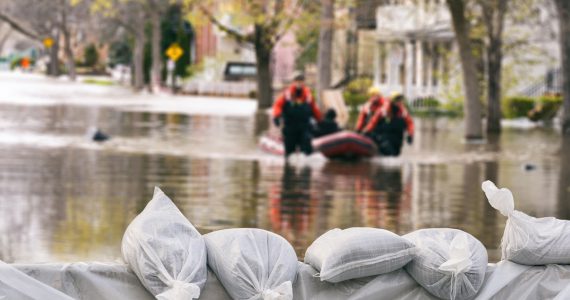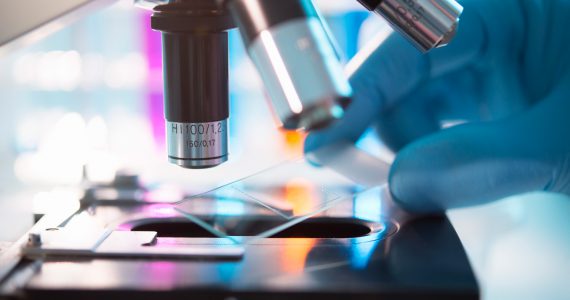If the finalists for this STEM student award are any indication, the future of science and engineering in Australia is pretty bright.
It was a big week for the 26 high school STEM students revealed as finalists for the 2018 BHP Billiton Foundation Science and Engineering Awards.
The awards highlight innovative science and engineering projects from students across Australia and seek to “promote the next generation of STEM leaders”.
Although competition is fierce in the engineering category, all entrants cited a desire to make the world a better place as the primary motivation for their projects. Many also drew on personal experience as inspiration for their innovations.
For example, Gold Coast teen Jared Crowley developed a flood warning device after floods damaged his family’s home. He designed a system that alerts people via text message when flood waters reach a certain level at their property. With enough warning, people can get themselves and loved ones, as well as any important belongings or livestock, to higher ground.
“Once I finished developing the project, I realised that it could be used in multiple ways, such as measuring water tank levels and alerting people when the water decreases to a certain point,” Crowley said.
Another finalist is aspiring environmental engineer Minh Nga Nguyen. Her project used agricultural by-products such as corn husks, bamboo scraps and rice waste to create a biochar product that delivers a one-two punch: filtering water and use as fertiliser.
“The process reduces the effects of contaminated water and pollution created by agricultural waste. I hope this technology will provide impact globally,” Nguyen said.
Last year’s winner for engineering was Justin Mitchell from VIC, whose love for music inspired him to build and program a pocket-sized device that lets users compose and play electronic music. Dubbed a ‘hood-wind’ instrument because it’s wearable inside a hoodie, its eight keys correspond to the eight notes of an octave scale, and it boasts an impressive 127 instrumental settings.
Second place for 2017 went to an innovative bike safety system that uses lasers to mark a one-metre safety zone around a rider to guide motorists, built by brothers Declan Predavec and Callum Predavec out of NSW. And third place went to Dylan Sanusi-Goh from VIC, who applied his interests in micro-electronics and aeronautics to create the sophisticated yet cheap ThermaQuad drone for transporting goods.
The BHP Billiton Foundation Science and Engineering Awards have been running since 1981 and is a partnership between the BHP Billiton Foundation, CSIRO, the Australian Science Teachers Association, and each state and territory Science Teachers Association.
Six finalists will go on to the Intel Science and Engineering Fair (ISEF) in the US, where more than 1800 high school students from 75 countries, regions and territories showcase their research and innovations to a global audience.
Winners for 2018 will be announced on 6 February. Check back then for updates on this story.







